Insects & Bugs
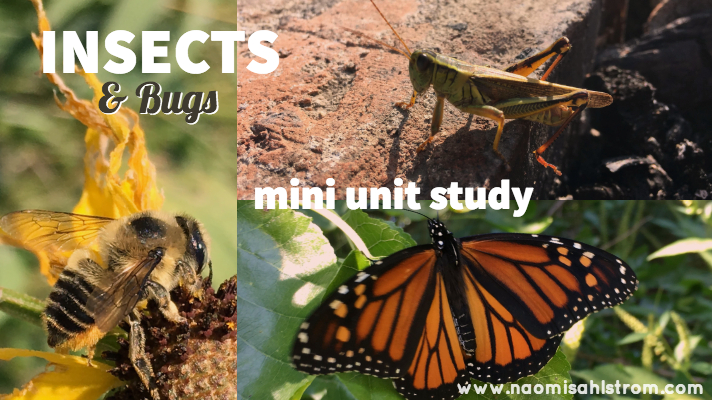
Flying, crawling, jumping, migrating… Come join us on this exciting journey learning all about INSECTS! Bugs and insects are fascinating creatures. Ok, I admit, they can be scary or gross, but take a few minutes to marvel at the wonder that is their life, and you just might be surprised about how COOL they can be! {For your kids’ sake, please, PLEASE try to set your disgust to the side and at least pretend to be curious — after all, you’re setting the tone for BIOLOGY!}
What is a Mini Unit Study?
A Unit Study is choosing a topic (unit) and incorporating many subjects (reading, math, art, science, writing, etc.) as you learn about that topic. For older students, this may be part of – or the entire – school year, for example, focusing on a certain period in history.
Last year with two preschool age, and this summer with our soft start with Kindergarten and Preschool, we’ve figured out that one or two weeks to focus on a topic is the right length of time for their interest level. I call it a “Mini Unit Study.” Units can be as broad or as specific as you want. (Though we did one broadly on ‘Insects’ you could also choose to just study ‘Butterflies’ or ‘Bees.’) Doing little chunks of learning like this is incredibly flexible, and there’s not a “right” or wrong way to do it. It also works extremely well for year-round schooling, or doing one or two fun topics in the summer related to field trips or travel that’s planned.
{Our interest-led, hands-on, learn-through-life method of educating is a blend of Relaxed Home Schooling, Waldorf, Montessori, Multiple Intelligences and Unschooling. A short summary and example for each is here.}.
How to Pick a Topic
We have choose topics the kids have express interest in, or that relates to something going on in life. When nothing seems to be jumping out at us, we browse books at the library for ideas and I ask the kids what they want to learn about. {With guidance of course, because no, we can’t ‘learn about Princesses’ every time… *ahem*}
So far we’ve covered:
- Big Machines
- Our Body
- Nutrition and Health
- Nocturnal Animals
- Birds (also have done Birds at a toddler level)
- Seasons
- Weather
- Cats & Kittens
- Farming
- Building a House/Construction
- Christmas & Giving
- Gardening
- Plants & Root Systems
- Poetry
- Sea Creatures
- Zoo Animals
- Insects
- Fruits of the Spirit
- Armor of God
Ones we’re looking forward to this year:
- Emergency Preparedness
- Community Helpers
- Manners {this may or may not be because Momma has noticed a deficiency in this area… the perks of being the mom AND the teacher, haha!}
- Individual Countries
- Types of Dance
- Cooking/Baking
- …and lots lots more that we don’t know about yet! {I really don’t plan too far ahead for these – we’ll just see where interests lead.}
It is worth a mention that some topics may be over a longer period of time (gardening, farming, construction) and others you’ll revisit periodically (weather, seasons, cooking), but we use the 1-2 weeks as a sort of intensive crash course/kick-off to learning about it. Topics may overlap.
The activities we do for each Mini Unit Study could be put in these 4 categories:
Read ~ Explore ~ Create ~ Watch
Read
Every 3-5 weeks we visit the library and check out a boxful of books {like 40+} each time. I try to get between five and ten age-appropriate resource books on the topic we’re studying {in addition to fun reading books, classics, several each child picks, and some showing different cultures or time periods}. Look for basic facts, lots of pictures, colorful and short books for the Preschool-Kindergarten ages. Sometimes I pick an encyclopedia type book that is “over their heads” (for elementary grades) and we flip through it, look at the pictures, and I’ll summarize some points for them. It’s also good for my own learning on the topic so that I can use the proper vocabulary and have a basic understanding of what we’re learning for those random questions and conversations that happen over the lunch table and throughout the day!
My theory for this age is stick to the basics when it comes to factual knowledge; I would rather instill a love and curiosity for the subject, a familiarity and real life experience.
I care that they get used to the proper terminology and expand their vocabulary and comprehension, so I do my best to use the correct words as we learn. For insects we learn words like chrysalis, life cycle, thorax, abdomen, exoskeleton, metamorphosis, and antennae. I don’t expect them to remember them all, but often you’ll be surprised at the big words that roll off their tongue when telling a family member about interesting facts!
Fun Facts about Insects:
- They have 6 legs Math
- Their body has 3 parts; head, thorax & abdomen Math
- They don’t have any bones
- Outer shell is called exoskeleton
- They have different stages in their life cycle, example: caterpillar, chrysalis, butterfly
- Spiders are NOT insects (they have 8 legs)
- A lot of other animals eat insects – they are food
- They are the LARGEST animal group (around 75%) Math
We also learn the basics of:
- Their various homes and habitats
- What they eat/drink
Look for these titles and others at your library or on Amazon {affiliate links}:
Caterpillars, Bugs & Butterflies
Because a Little Bug went Ka-CHOO!
Themed Bible Focus
Possible memory verse:
Proverbs 6:6-8 NLT
6 Take a lesson from the ants, you lazybones.
Learn from their ways and become wise!
7 Though they have no prince
or governor or ruler to make them work,
8 they labor hard all summer,
gathering food for the winter.
Three of the 10 plagues of Egypt were insects! What a great week to read and learn about the Exodus of God’s people. Bible, History
Exodus chapters 7-11
Explore
This is my favorite! This is when we go out and discover, learn, discuss, observe and follow our curiosity about the topic at hand. See the cicada and dragonfly above? That’s what started it all for this insect craze… We found them (already dead) in pristine condition, and how cool would it be to study them up close through a magnifying glass??! Then of course, we checked out an armload of books, went hunting for more insects (alive or dead) and other evidence (cicada shells, cocoons, ant hills) of them. There happened to be a seasonal butterfly house exhibit on our field trip at the zoo that we got to walk through and see hundreds of butterflies up close. We took pictures, videos and slow-motion videos of insects that we could re-watch later {and show dad}. The kids love when I let them take some of the pictures! We’ve gone on nature walks to spot butterflies, chased a grasshopper across the yard, got down on the ground to watch a trail of ants, held a beetle, caught lightning bugs, visited a beekeeper and saw a swarm, hunted for camouflaged insects on tree bark and leaves and collected cicada shells.
>> If at all possible, time your mini unity studies appropriately/seasonally. Right now where we live (southern MN), the insects are out – we hear them, we see them, and the monarchs are stopping through on their migration south! It is also great weather to be outside exploring. <<
Nature walks, experiments, field trips and most hands-on learning all fall into this EXPLORE category. It’s SO FUN!
Create
This is the art, craft and fine motor skill subjects we covered through making an egg carton caterpillar, drawing our favorite insect {he chose stag beetles fighting}, shaping larvae and caterpillars out of play-doh, worn wings and pretended to be a butterfly, made a habitat in a jar to watch a metamorphosis of a butterfly/moth {it died}, and I know that we have just scratched the surface on all we could do! A simple search on Google or Pinterest will give you oodles of crafts you can do or coloring pictures to print for the days you need something simpler. I’m weak on this point because we’ve leaned more heavily into the ‘Explore’ category for insects. If we didn’t live as close to nature, or it was the wrong season, I’d do more crafts, art projects and games for this topic!
Watch
I like to round out our learning utilizing the incredible resource that is YouTube. It enables us to “see” and “do” that much more that are beyond our capacity to do hands-on (for example, “visit” other countries from our living room, learn about animals or farming for those who live in the city, watch messy or involved science experiments, see helpful animations, hear authentic foreign languages, learn memorable songs, etc.). This also caters more towards visual/auditory learners, as many of the Explore and Create activities are more kinesthetic. It is a great review of everything you’ve learned and often includes additional information about the topic. It’s great for rainy days, while I’m busy making supper or as a reward for chores or work completed.
>> I usually save this category for last so we don’t get lazy and end up doing all of our learning this way! <<
Familiarization/Identifying:
Learning about Insects:
Specific Insects (from simple to more in-depth videos):
Just for Fun:
Are you ready to do an INSECT Mini Unit Study of your own?!
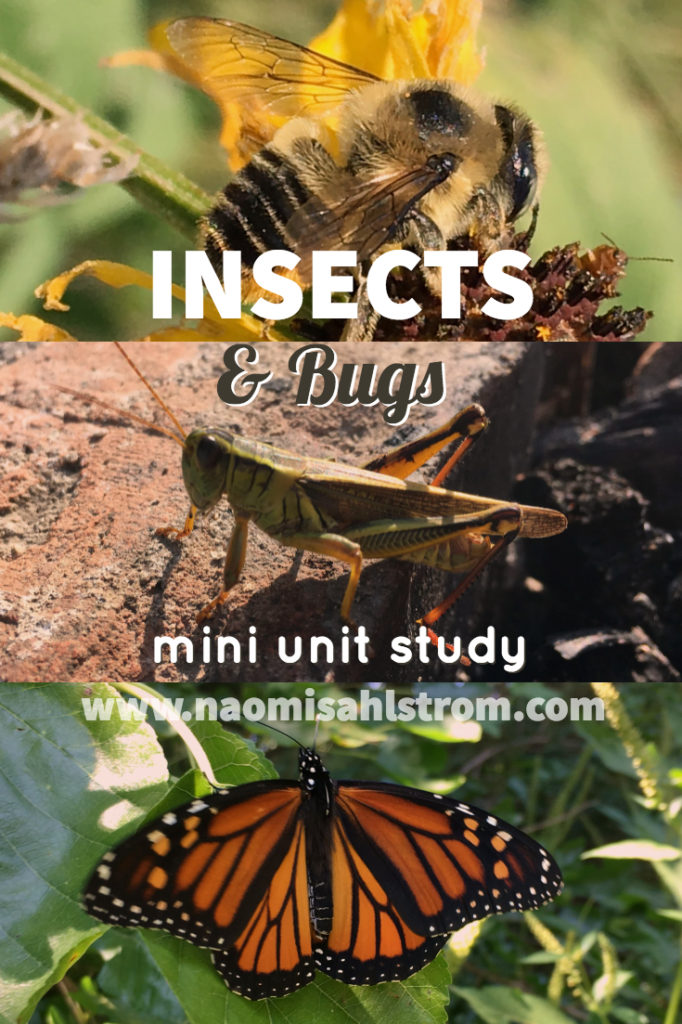
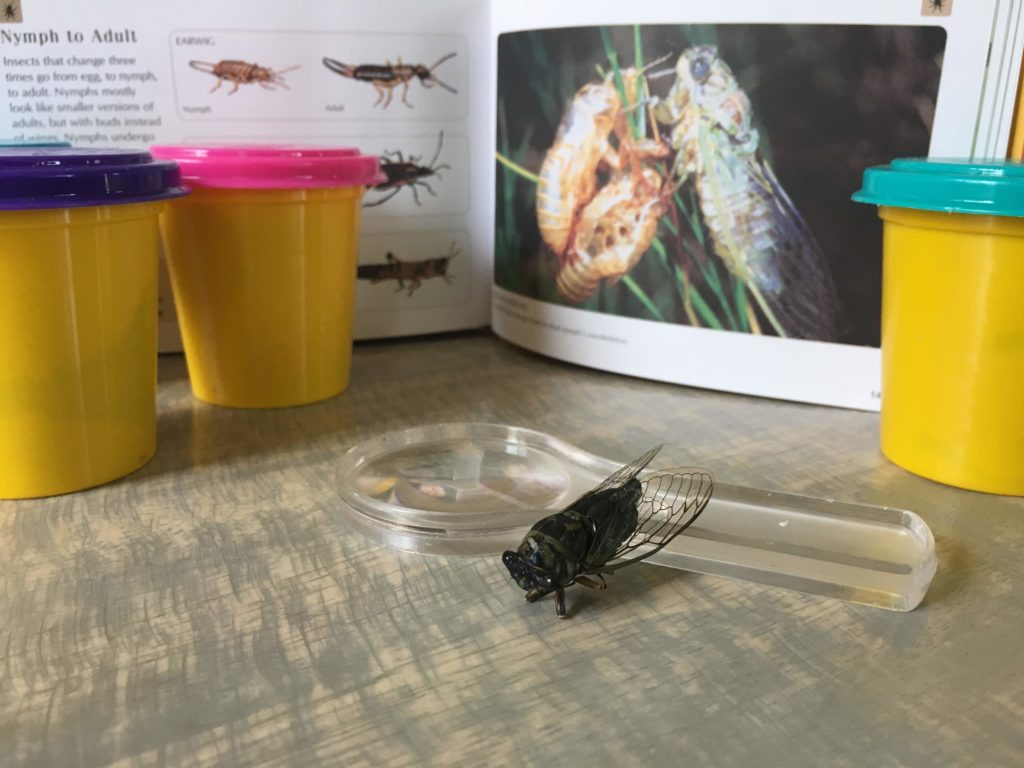
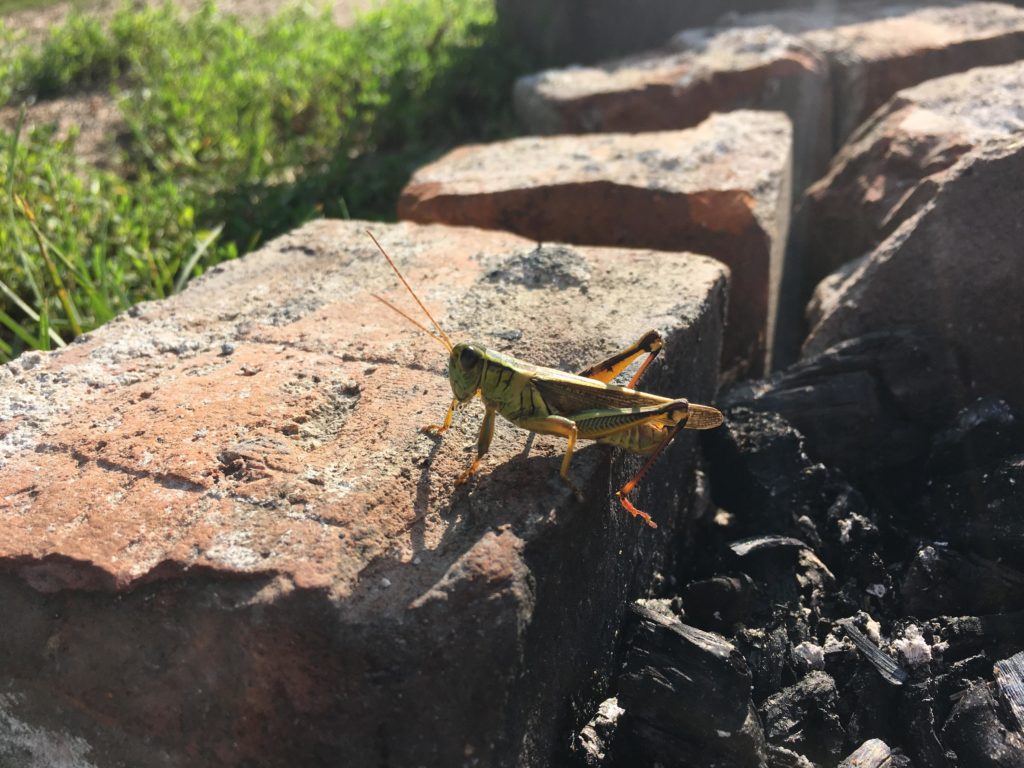
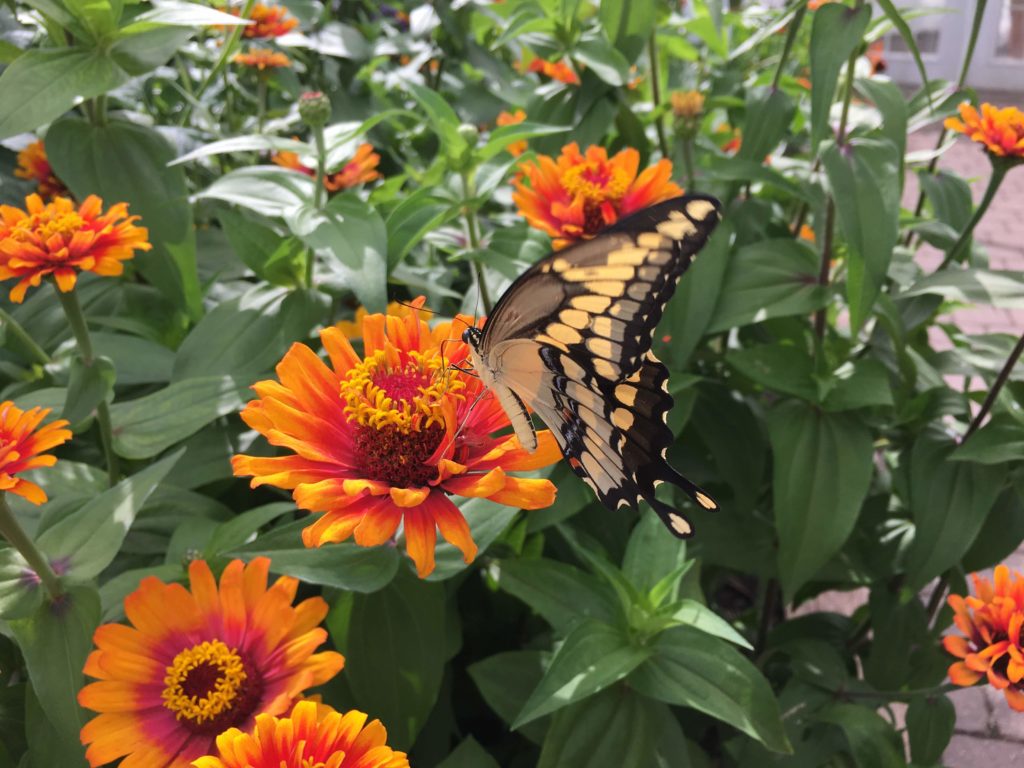
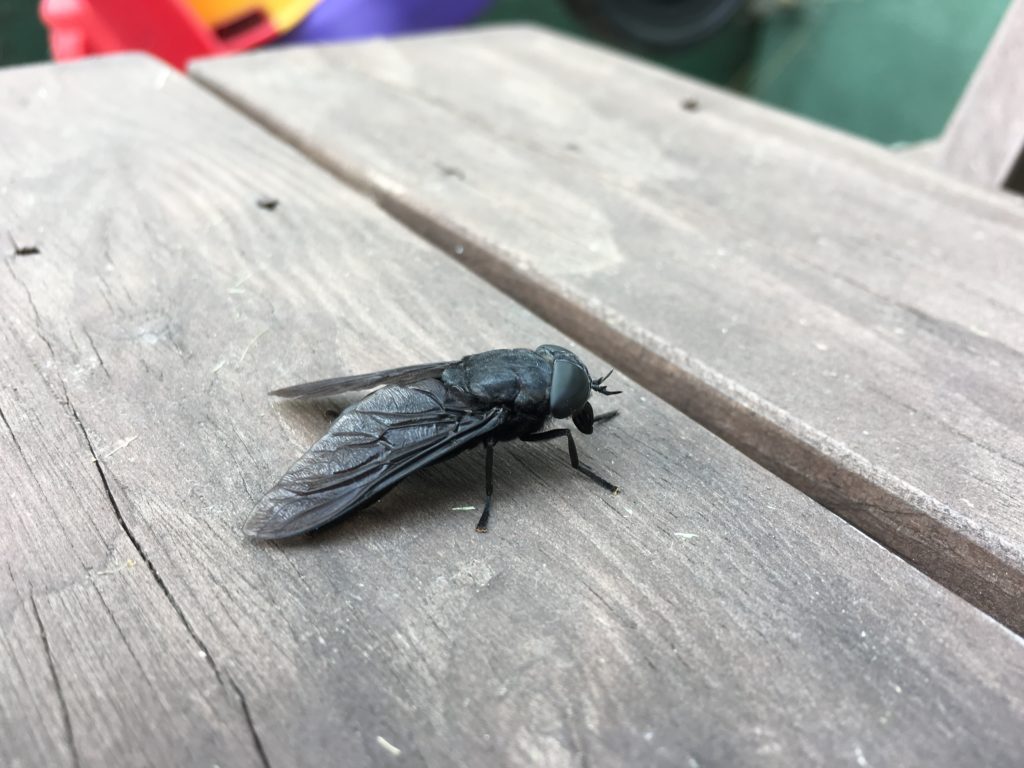
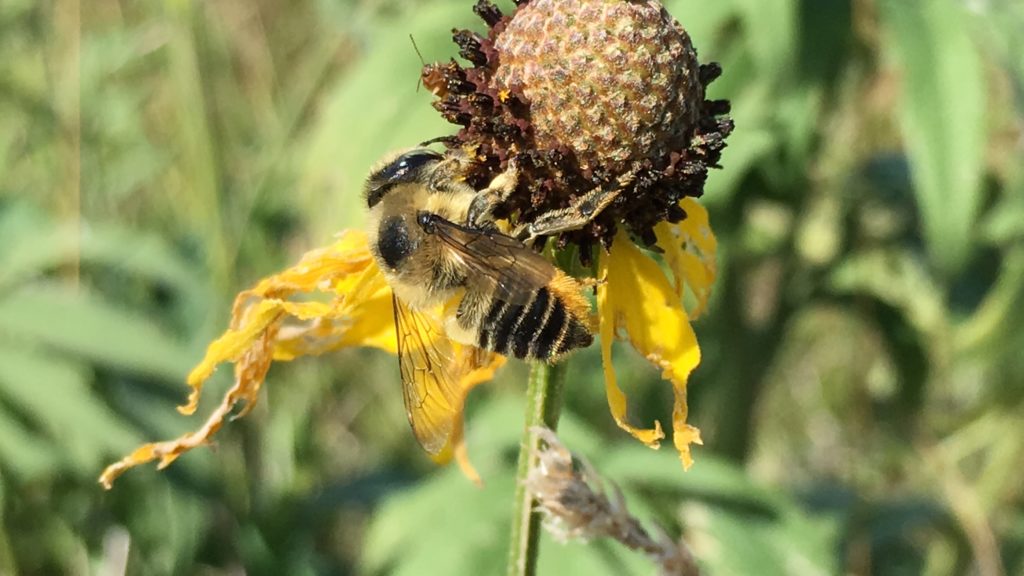
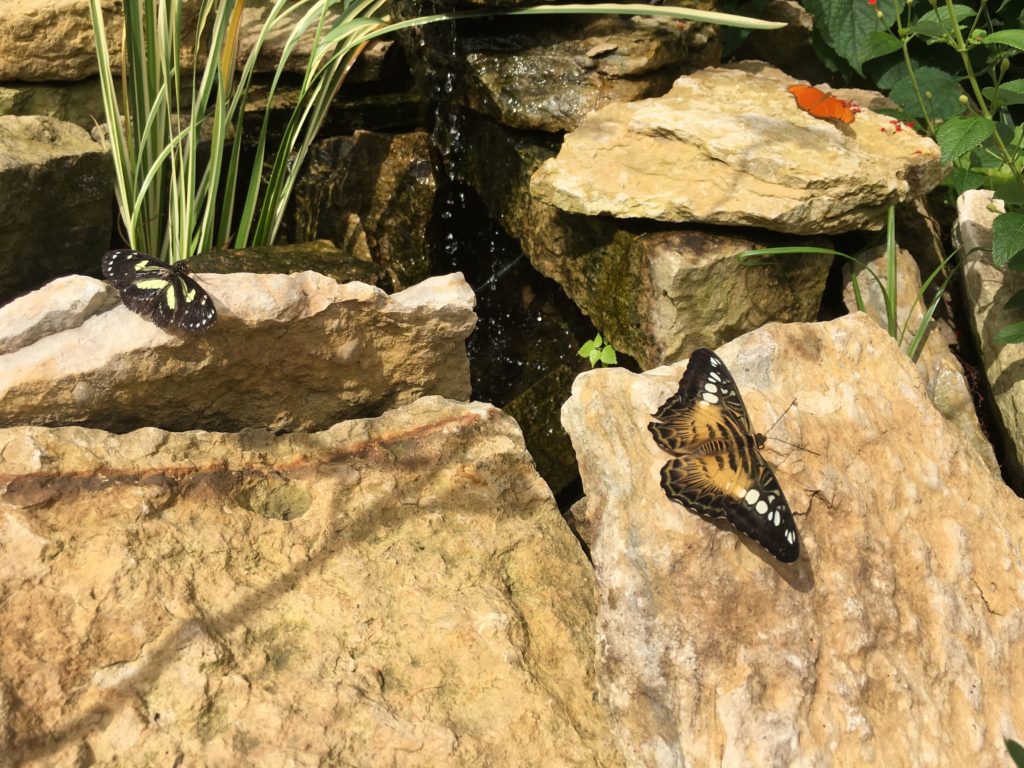
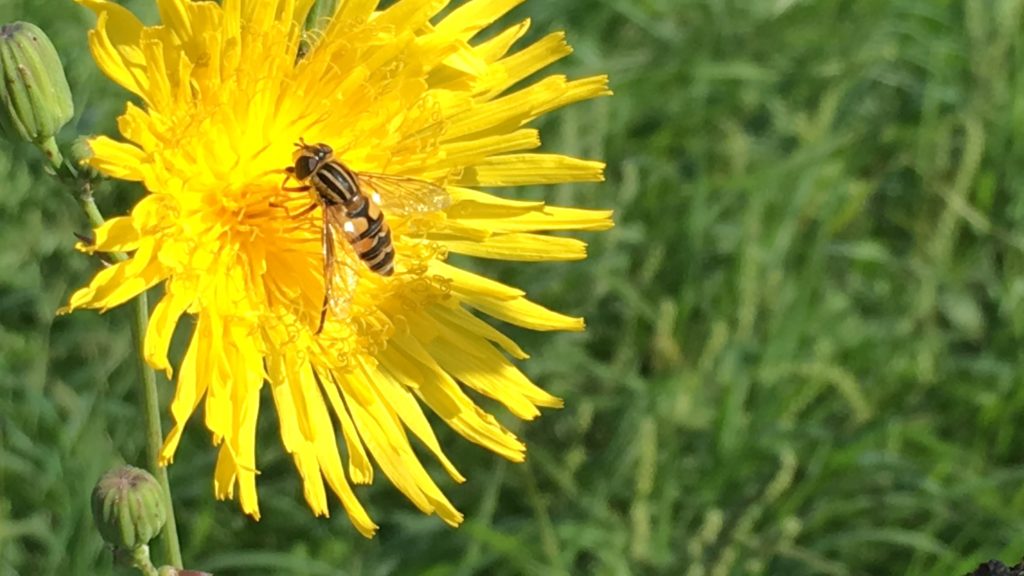
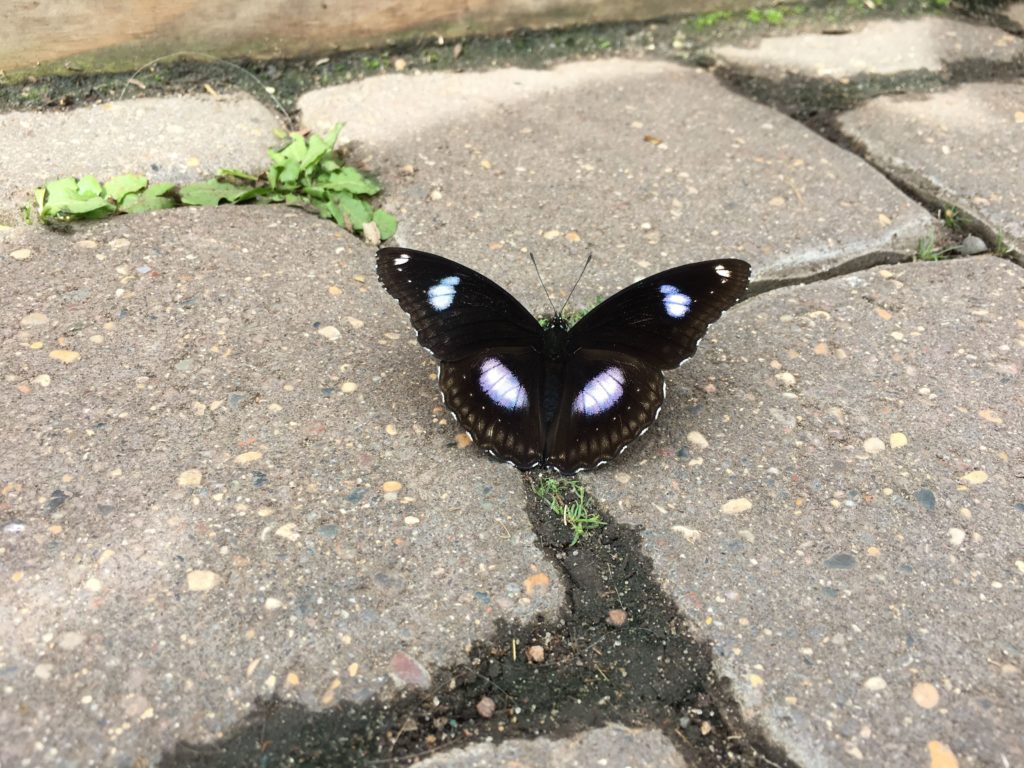
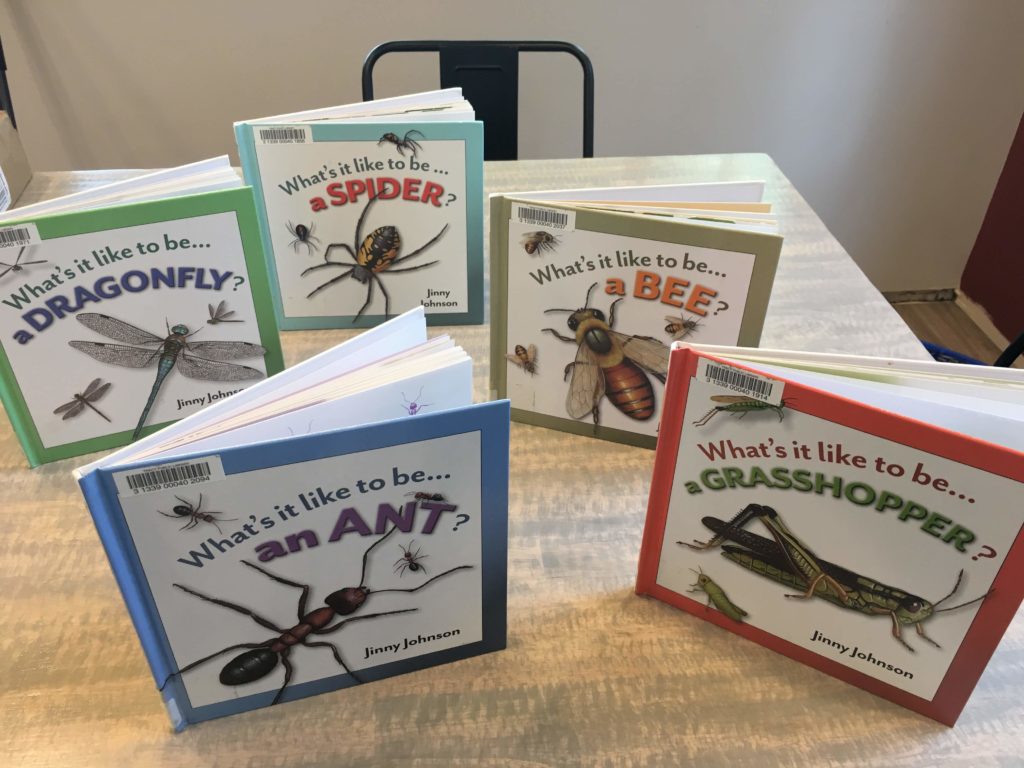







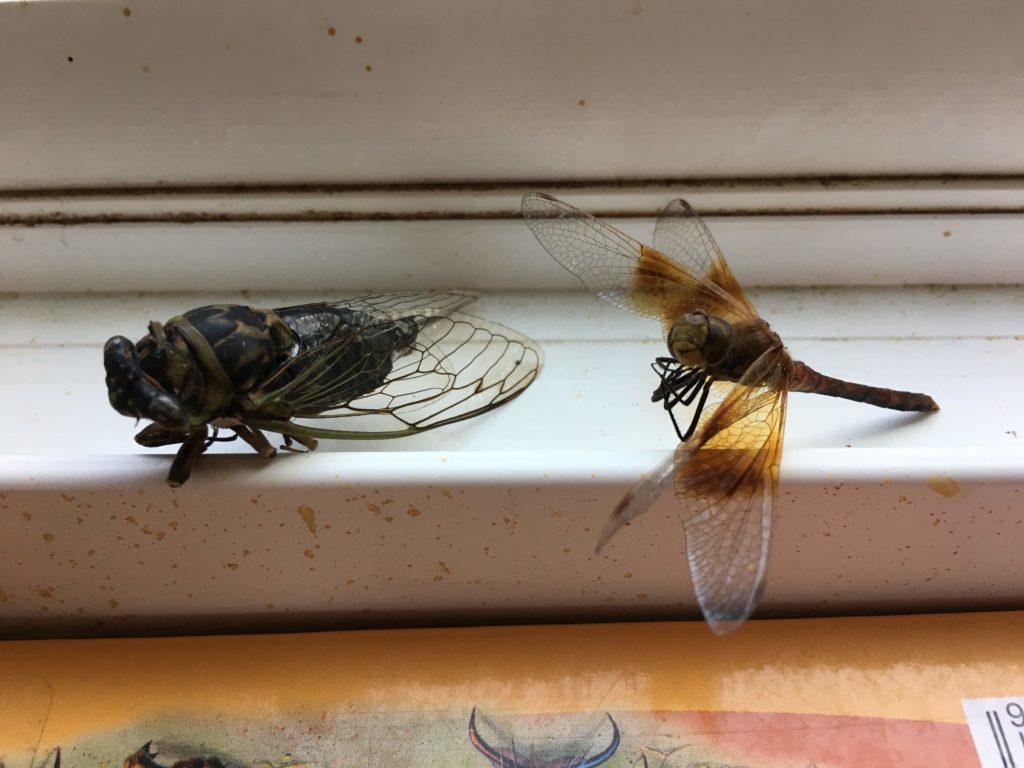
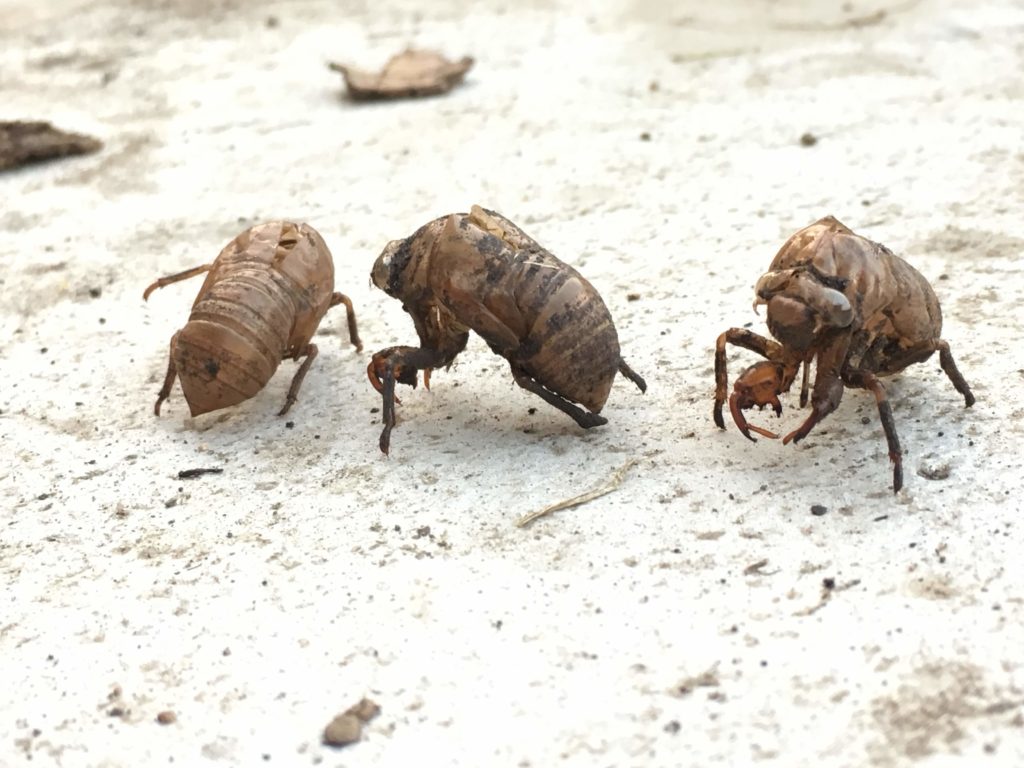
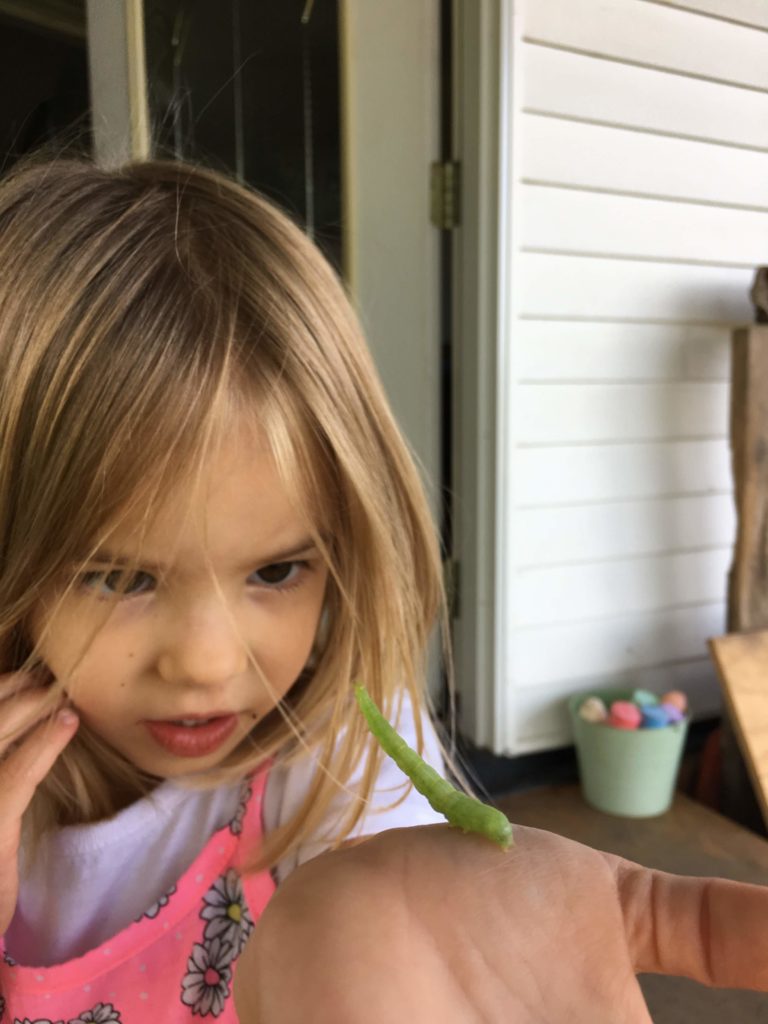
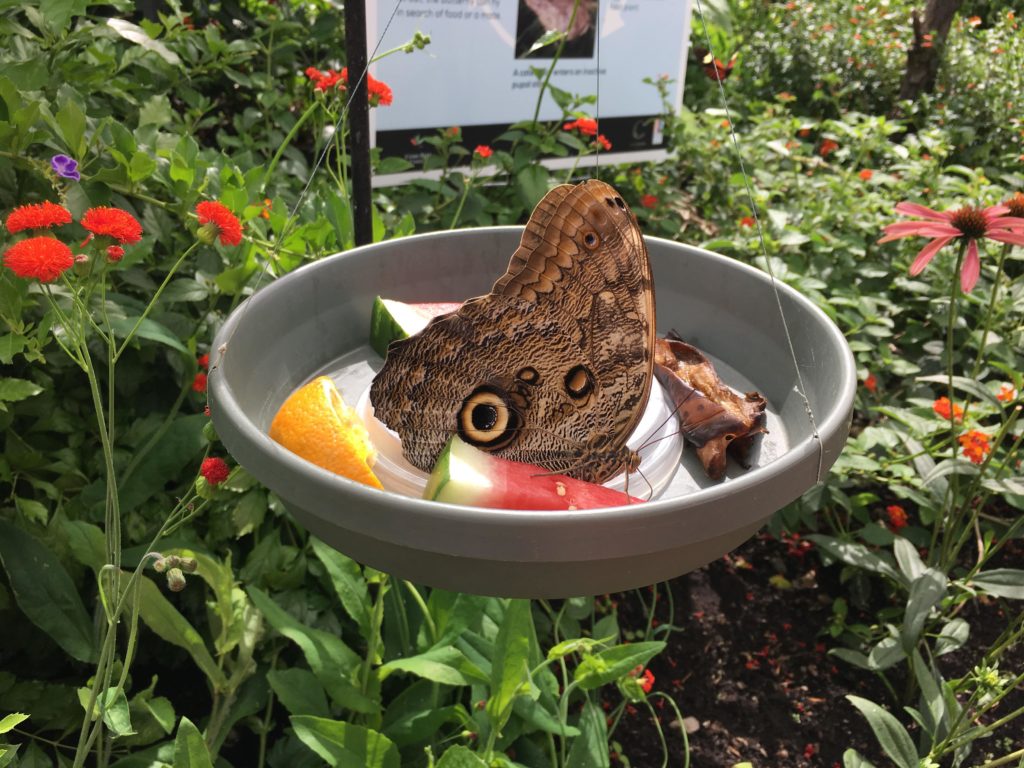
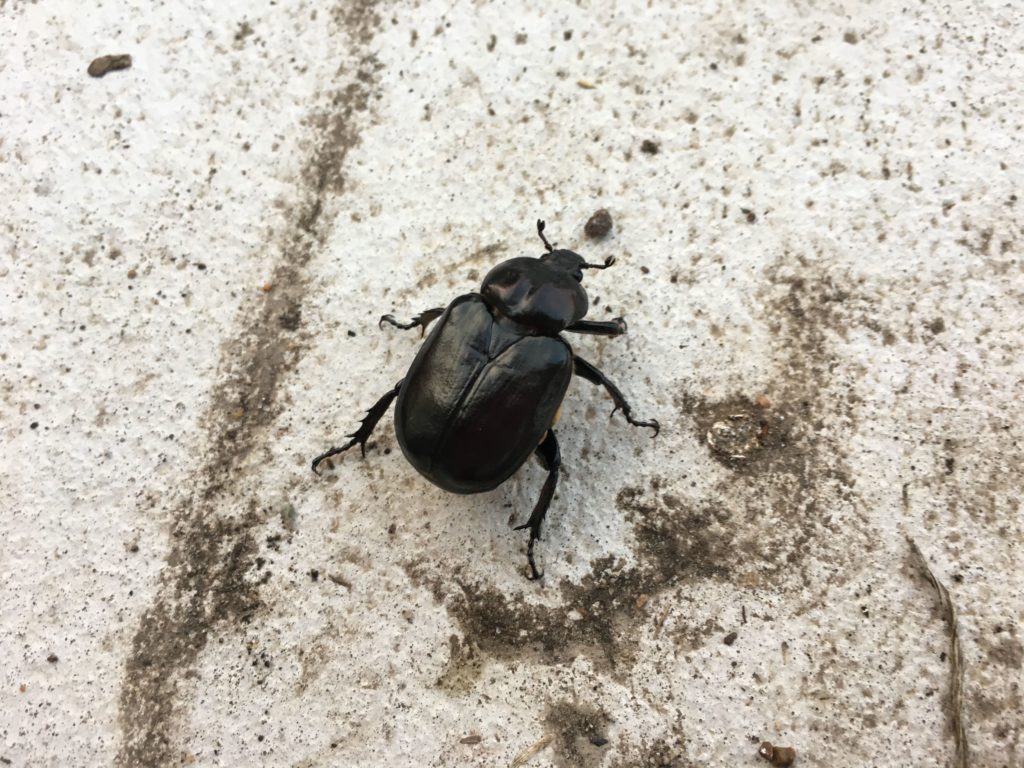
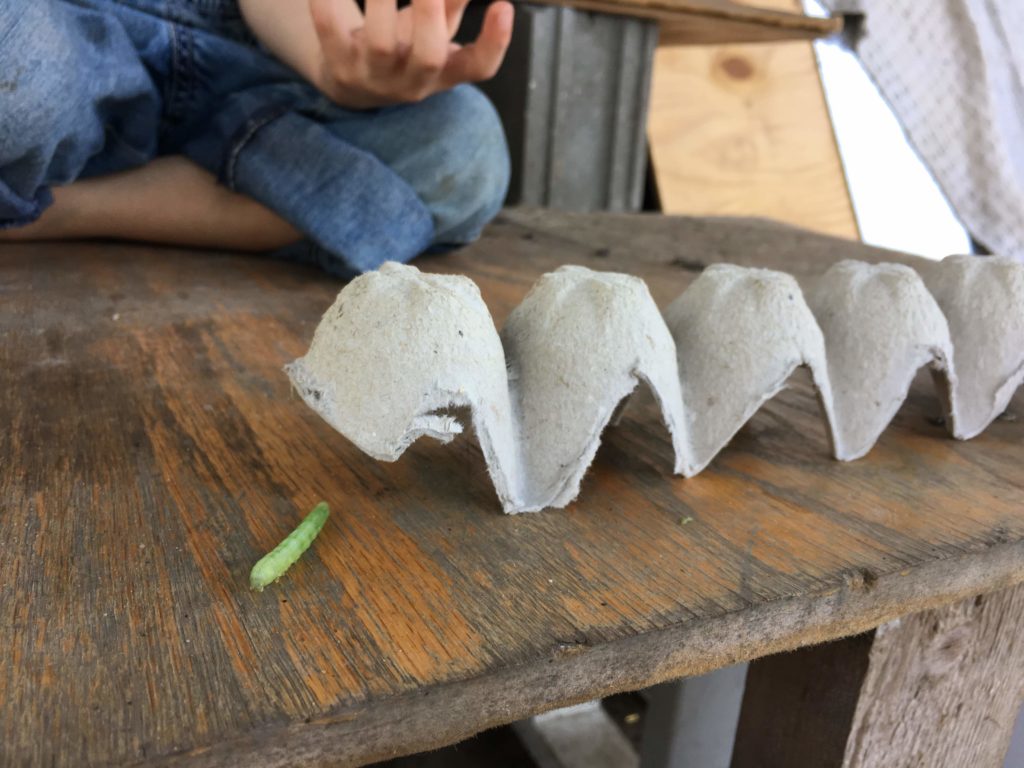
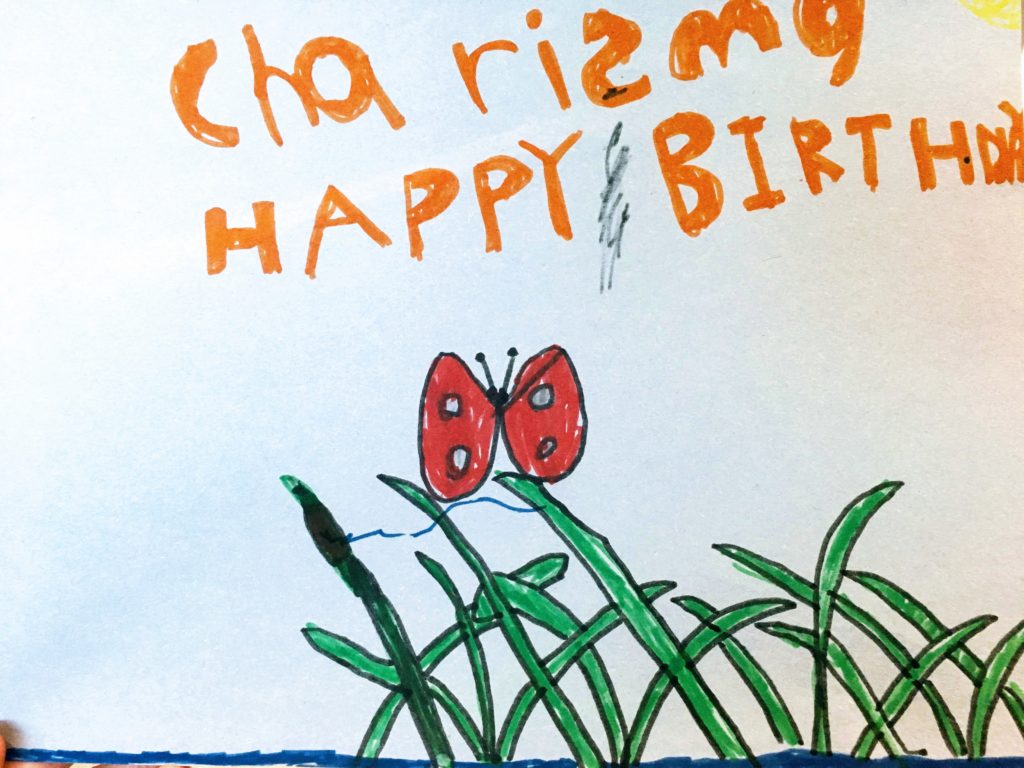


30 Ways to Include Fall and Nature in Your Homeschool – Mommy & Me Inc
[…] Insects and Bugs mini unit study by Naomi at Little School on the Prairie […]